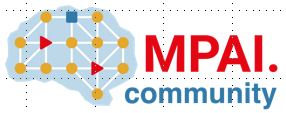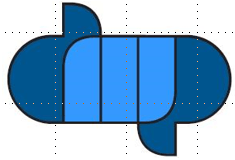Forty years of video coding and counting
Introduction For about 150 years, the telephone service has provided a socially important communication means to billions of people. For at least a century the telecom industry wanted to offer a more complete user experience (as we would call it today) by adding the visual to the speech component. Probably the first large scale attempt at offering such an audio-visual service was AT&T’s PicturePhone in the mid 1960's. The service was eventually discontinued but the idea of expanding the telephone…
















